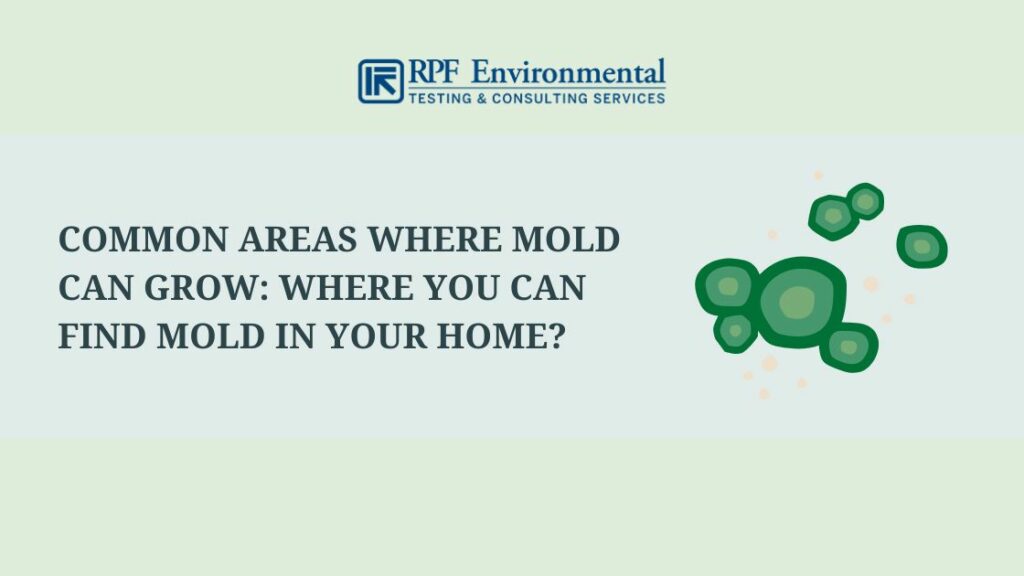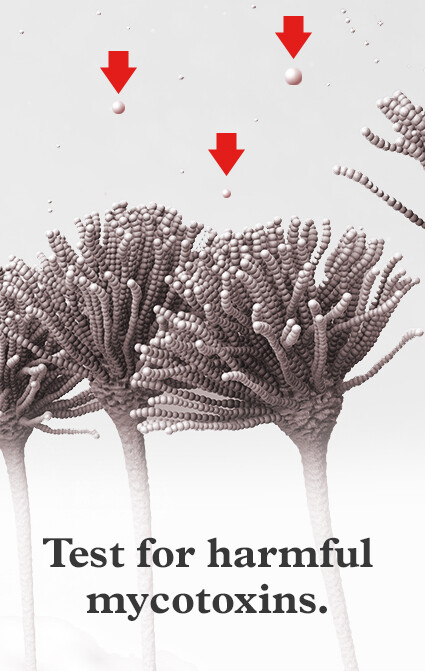Comprehensive Solutions for Your Mycotoxin testing Services Demands
Comprehensive Solutions for Your Mycotoxin testing Services Demands
Blog Article
Exactly How Mycotoxin Testing Aids Avoid Contamination and Guard Food Products

Mycotoxin screening is a crucial practice in the food market, working as a frontline protection against contamination by unsafe toxic substances generated by molds. Via the application of advanced strategies like High-Performance Liquid Chromatography (HPLC) and Fluid Chromatography-Mass Spectrometry (LC-MS), food manufacturers can accurately evaluate and find mycotoxin degrees in farming products. This proactive approach not only makes certain conformity with strict safety and security regulations but additionally minimizes health risks to customers. Moreover, normal testing fortifies brand credibility and financial health and wellness by reducing contamination-related incidents. So, exactly how specifically do these testing protocols incorporate into the broader food safety technique?
Comprehending Mycotoxins
Comprehending mycotoxins begins with identifying that they are poisonous additional metabolites generated by particular mold and mildews, which can infect farming items. These metabolites are not vital for the development or reproduction of the fungis however can have serious implications for animal and human health and wellness. Mycotoxins are frequently located in staple plants such as corn, wheat, barley, and nuts, where they can proliferate under certain conditions of wetness and temperature.
There are several kinds of mycotoxins, each produced by different fungal varieties. Aflatoxins, produced by Aspergillus types, are among one of the most infamous, understood for their carcinogenic properties. One more significant group consists of ochratoxins, generated by Aspergillus and Penicillium varieties, which have nephrotoxic effects. Fusarium varieties create trichothecenes and fumonisins, both of which are related to various severe and persistent health and wellness problems.

Threats of Mycotoxin Contamination
The risks of mycotoxin contamination are diverse, positioning considerable threats to both food safety and public wellness. Mycotoxins, hazardous substances created by particular kinds of fungis, can infect a variety of farming products including cereals, nuts, spices, dried fruits, and coffee. As soon as these toxic substances penetrate the food supply, they can lead to major health concerns such as liver damage, kidney failure, and also cancer. Vulnerable populaces, including youngsters, the senior, and immunocompromised individuals, are particularly at risk.
Economic influences are an additional major issue. Contaminated plants can lead to substantial economic losses for farmers and food manufacturers as a result of reduced yields and the demand for pricey purification steps. International profession can be substantially prevented as nations impose stringent mycotoxin policies to secure their populaces, leading to rejected deliveries and strained profession relationships.
Environmental factors such as environment change worsen the danger of mycotoxin contamination. Variants in temperature level and moisture can create beneficial problems for fungal growth, raising the possibility of contamination occasions. Hence, understanding and mitigating these threats are vital for making certain the safety and integrity of global food supplies.
Approaches of Mycotoxin Testing
Accurately recognizing mycotoxin contamination in farming products is crucial for safeguarding public health and preserving food safety and security standards. Different methods are employed to find and measure mycotoxins, each offering specific benefits and restrictions.
High-Performance Fluid Chromatography (HPLC) is a commonly used method because of its high sensitivity and precision. It includes dividing mycotoxins from various other substances in an example, enabling accurate metrology. In A Similar Way, Liquid Chromatography-Mass Spectrometry (LC-MS) combines fluid chromatography with mass spectrometry to offer detailed molecular information, making it specifically helpful for determining multiple mycotoxins at the pop over here same time - Mycotoxin testing Services.

Gas Chromatography-Mass Spectrometry (GC-MS) and Thin-Layer Chromatography (TLC) are likewise employed, each with distinct applications. GC-MS is efficient for volatile mycotoxins, while TLC uses an easier, cost-efficient option for preliminary testing.
Advantages of Routine Testing
Normal testing for mycotoxins in farming items provides various advantages, considerably adding to public wellness and food security. By determining contamination early, routine screening aids avoid the circulation of hazardous foods, therefore lowering the risk of mycotoxin-related illnesses amongst customers. This positive technique not just safeguards human health and wellness yet additionally boosts the overall top quality of food products.
Regular testing likewise sustains regulative conformity. Various countries and regions have actually developed rigorous restrictions for mycotoxin degrees in food and feed. Complying with these limits through routine screening makes certain that vendors and producers meet lawful standards, thereby preventing fines and profession barriers. Additionally, maintaining conformity promotes consumer count on and brand reputation, which are crucial for market success.
Furthermore, routine mycotoxin testing can cause significant financial advantages. Early detection of contamination enables prompt treatment, minimizing prospective losses from widespread contamination. Executing routine testing methods can also reduce recall costs and relevant responsibilities, which can be economically devastating.
Furthermore, regular screening gives valuable data that can inform much better farming methods and storage problems. By understanding patterns of contamination, manufacturers can adopt preventative steps, consequently adding and reducing future dangers to the sustainability of the food supply chain.
Executing Examining Procedures
Implementing efficient mycotoxin testing procedures is important for ensuring the safety and top quality of farming products. Each stage needs to be scrutinized to determine where mycotoxin contamination is most likely to take place.
When essential control points are determined, picking appropriate screening techniques is necessary. Typical methods consist of enzyme-linked immunosorbent assay (ELISA), high-performance fluid chromatography (HPLC), and mass spectrometry (MS) Each method has its weaknesses and staminas; hence, picking the proper one depends upon the particular mycotoxin being examined, original site the called for level of sensitivity, and available sources.

Finally, incorporating the testing methods into an extensive food safety and security management system is recommended. This improves traceability and makes it possible for quick restorative activities when contamination is spotted, thus safeguarding the honesty of the food supply chain.
Conclusion
Mycotoxin testing is important in protecting against contamination and guarding food materials by allowing early discovery of damaging contaminants generated by mold and mildews in farming items. Advanced techniques such as HPLC and LC-MS ensure compliance with safety guidelines and secure consumers from health and Going Here wellness risks. Routine screening improves brand credibility, monetary stability, and count on in food security by lessening contamination-related losses and maintaining high criteria in food production. Carrying out extensive testing protocols is thus necessary for the market's general wellness.
Mycotoxin screening is a vital practice in the food market, offering as a frontline protection against contamination by unsafe toxic substances produced by mold and mildews. An incorporated approach involving agricultural practices, storage space administration, and normal screening can alleviate the threats connected with mycotoxin contamination, making sure food safety and public health and wellness.
The threats of mycotoxin contamination are complex, posing significant dangers to both food security and public wellness.Regular testing for mycotoxins in farming items supplies countless advantages, considerably contributing to public health and wellness and food safety and security.Mycotoxin testing is crucial in stopping contamination and protecting food products by enabling very early detection of hazardous contaminants produced by molds in farming items.
Report this page